Turn any article into a podcast. Upgrade now to start listening.
Premium Members can share articles with friends & family to bypass the paywall.
Not all movie directors are the same. Some simply carry out their marching orders, dutifully following a studio script and making sure their film’s CGI budget doesn’t balloon out of control. I have no idea who directed Avengers: Infinity War, and it really doesn’t matter: I don’t watch a Marvel movie hoping to absorb insightful social commentary and bask in the glow of artistic brilliance. I just want to have a good time.
Other directors are artists. They bring a unique style, vision, and sense of celebrity to their work. Quentin Tarantino, Steven Spielberg, and Christopher Nolan, for example, each possess a star power all their own, creating popular movies with a distinct feel and scope lesser directors struggle to emulate.
Paul Thomas Anderson is also in this club. At just 26 years old, he wrote and directed Boogie Nights (1997), a groovy, sprawling film about the Los Angeles porn industry in the 1970s, a time when people watched adult films in theaters and expected an actual plot. A decade later, his collaboration with Daniel Day-Lewis on There Will Be Blood (2007) resulted in a harrowing, emotional epic set against the backdrop of the late 19th-century California oil boom.
Simply put, Anderson is the kind of director who dares to adapt Thomas Pynchon novels for the big screen. In fact, he’s now done it twice. Inherent Vice (2014) is a marijuana-infused meditation on the death of California’s counterculture, based on Pynchon’s novel of the same name. Now, Anderson has returned with One Battle After Another, loosely inspired by Pynchon’s Vineland.
A faithful adaptation of Vineland would no doubt befuddle even the most alert audiences: In the novel, Pynchon does away with all notions of conventional narration. Fortunately, One Battle After Another has little time for postmodernist deconstruction, shooting off like a rocket and daring the audience to hang on like hell.
The movie takes place in an America that has been thrust into a perpetual maelstrom of revolution and counterrevolution. Anderson has revisited the themes of Inherent Vice, depicting slightly stoned, peace-and-love revolutionaries locked in mortal combat against fascist military goons who look like they were born wearing camo fatigues and sporting flattops.
Anderson’s America has been at war with itself for a long time now, and revolution is not new business. He packs his movie with references to our rich history of rebellion: the Haymarket affair, the black power movement, the Weather Underground, and much more. One Battle After Another offers a glimpse into an alternate American reality in which society has violently fractured in two, split between all-purpose revolutionaries and militaristic fascists.
Anderson packages various revolutionary sentiments into the “French 75,” a rag-tag group of freedom fighters hellbent on overthrowing America’s fascist regime. Leonardo DiCaprio plays Bob Ferguson, a pot-smoking hippie who wages war on the fascists while vaping, wearing a plaid bathrobe, and begging his comrades not to “nitpick” when he can’t remember things like passwords and the location of rendezvous points. His wife, Teyana Taylor’s Perfidia Beverly Hills, is more of a Black Panther type, waging a pleasure-filled crusade against borders, racial oppression, and the incalculable evils of white men. She treats her precarious relationship with Bob as an afterthought, always prioritizing her revolutionary duties.
As the film opens, Perfidia leads the French 75 as the group careens around the American borderlands, besieging immigration detention facilities and freeing the prisoners, often migrant families. During one of these operations, she captures and emasculates Captain Steven J. Lockjaw, played by Sean Penn. He becomes obsessed with Perfidia, and his willingness to deploy the might of the American military in service of his sexual revenge fantasies drives the rest of the action.
Lockjaw’s jackbooted troopers eventually scatter the French 75, and Perfidia vanishes into the wind, stranding her husband and their newborn baby girl. Lockjaw goes back to business as usual, which seems to consist entirely of violating people’s civil rights, organizing mass deportations, and smashing down doors with a battering ram.
The story picks up 15 years later and, predictably, things have only gotten messier. Ferguson and his now-teenage daughter Willa (Chase Infiniti) are hiding out in the fictional “sanctuary city” of Baktan Cross, Texas. Local community leaders, like Sergio St. Carlos (Benicio del Toro), offer aid and shelter to families hiding out from Lockjaw’s anti-immigration raids. They graciously accept Bob and Willa into their fold, seeing them as just another family trying desperately to stay together against all odds.
Willa attends the local high school, goes to parties, and grows increasingly fed up with her dad’s helicopter parenting. Ferguson, still in fine hippie form, smokes and drinks his brain into Swiss cheese, forgetting all about his involvement in an ongoing revolution and wallowing in self-pity. For his part, Lockjaw manages to parlay his militaristic anti-immigration crackdown into a promotion to colonel. The military awards him the “Bedford Forrest” medal of honor, and he is invited to join the Christmas Adventurers Club, a clandestine society of uber-wealthy white supremacists who meet in ornate underground tunnels and salute Saint Nicholas—yes, that Saint Nicholas—with a zealotry that would satisfy Hitler.
Unfortunately, Lockjaw’s application hits a slight snag when the club’s racial purity background screening unearths evidence of a possible interracial relationship between Lockjaw and the missing Perfidia. Eager to avoid the indignity of being denied membership to the Christmas Adventurers Club, Lockjaw—also now fearing himself to be Willa’s true father—marshals his forces and sets off after the fleeing Fergusons, convinced that killing them will save him from charges of tolerance in front of the Club’s review board.
As the movie builds toward its climax, Anderson lets his actors and Jonny Greenwood’s score shine. DiCaprio and del Toro have some wonderful scenes together as they stay one step ahead of Lockjaw’s dragnet. Another onetime French 75 revolutionary, Deandra (Regina Hall), temporarily fills the mom-sized hole in Willa’s heart as they too go on the run. The momentum never lets up as the main characters zoom around the backroads of the American West, both hunted by someone and hunting someone else.
Despite the noise, explosions, car chases, and gunfire, though, Anderson delivers a surprisingly touching film. At its core, One Battle After Another is about a single dad trying to take care of his daughter, and the kind people who help him. Still, the great wheel of history lurks in the background, producing cycle after cycle of revolution and violence. Perfidia’s mother solemnly tells Bob that their daughter is a “third-generation revolutionary.” In Anderson’s world, revolution is both a family business and an identity: For some people, there’s always a cause to take up—and, for others, there’s always a cause to stamp out.
One Battle After Another has its flaws, as all movies do. Penn’s steroidic Lockjaw grunts and swaggers his way across the frame but tends toward cartoonish fop rather than compelling villain. His camouflage and aviator sunglasses conceal all personality, and he’s an automaton who seeks only power, sex, and martial glory. Cinema’s most memorable villains force audiences to empathize with them, often reluctantly, and, in the deepest, darkest corners of our hearts, root for them. Lockjaw evokes little such sympathy.
The movie’s environment also falls short of Anderson’s best world building. Boogie Nights looks and seems to feel like 1970s Los Angeles, brilliantly shot and scored to that effect. It’s half movie and half disco. There Will Be Blood faithfully captures the brutal, cruel world of the oil business in the late 19th century, doing everything but dousing the audience in crude oil. Inherent Vice reconstructs the Southern California surfer-dude community of the late 1960s as the beach bums loaf around, waiting for the tide of the counterculture to roll back in. All these movies are, at the end of the day, period pieces. They allow Anderson to settle in, explore, and dramatize specific cultural moments. One Battle After Another has a different mission, aiming to diagnose all of American society rather than just a subset of it. There’s not enough time to check out the scenery. The cops are always on their way.
But One Battle After Another is still a terrifically fun movie and a heck of a ride. It’s unlike many contemporary political movies because Anderson does not allow himself to get bogged down by cynicism and despair, and he does not—what might be the worst offense of all—become boring. He’s much too skilled for that. His characters carry the eternal flame of revolution not just because they have to, but because they believe in the struggle. They believe in themselves and love each other. We could all learn from their example. Not by abusing drugs, abandoning our families, or wearing bathrobes in public. But by emulating their charity toward those in need.
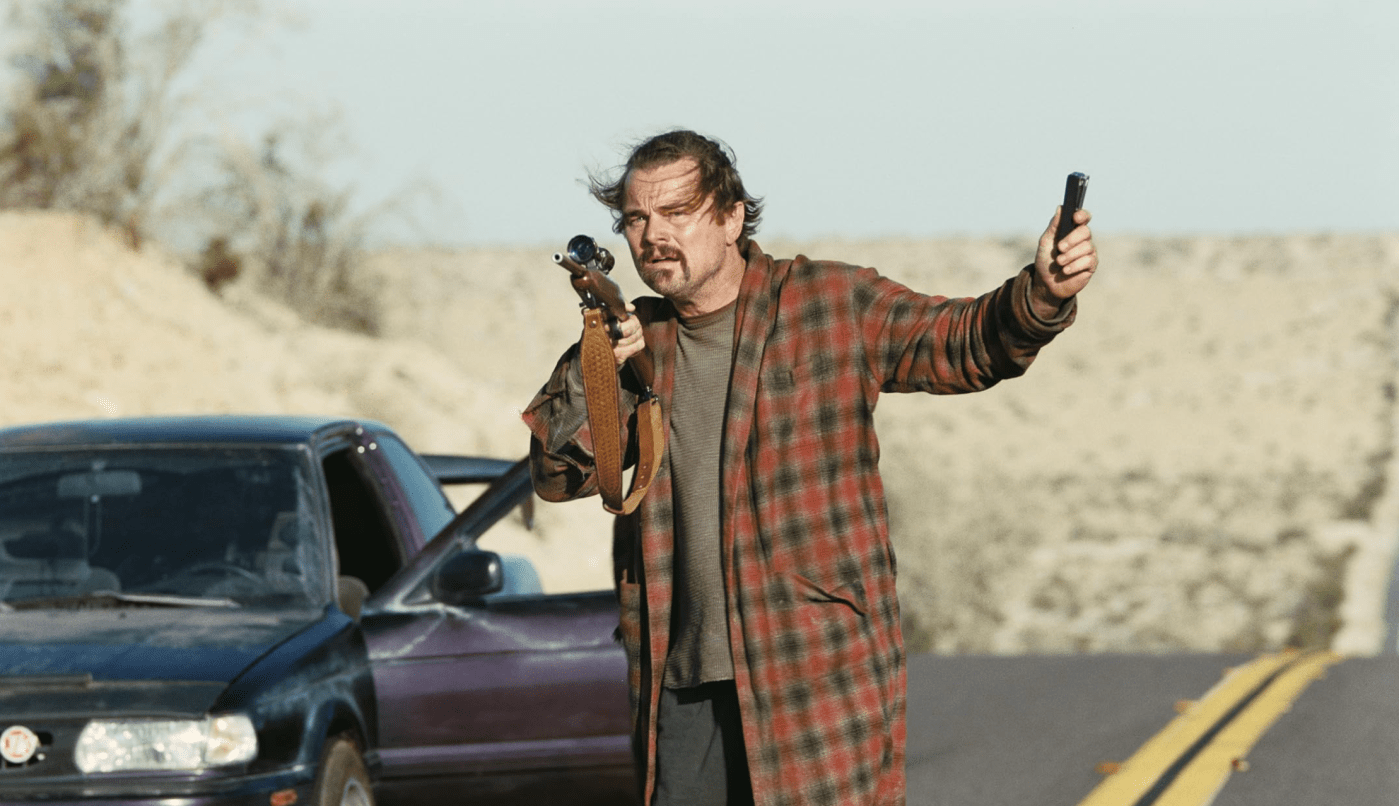

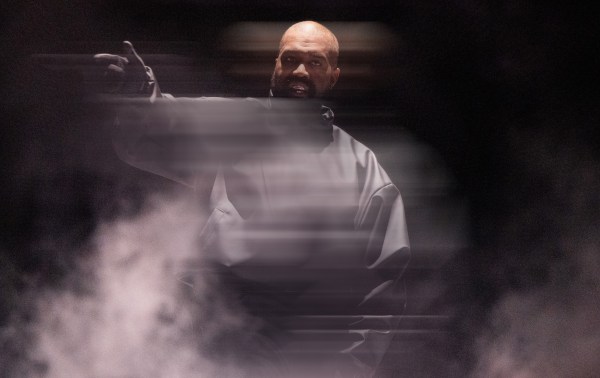
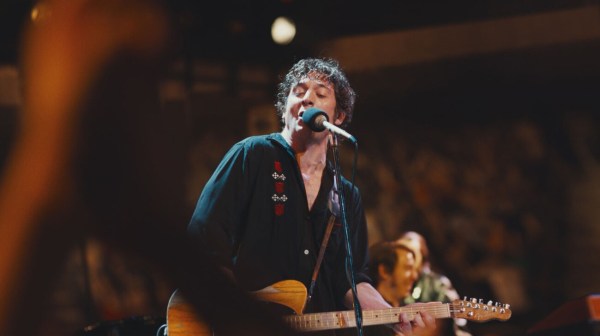
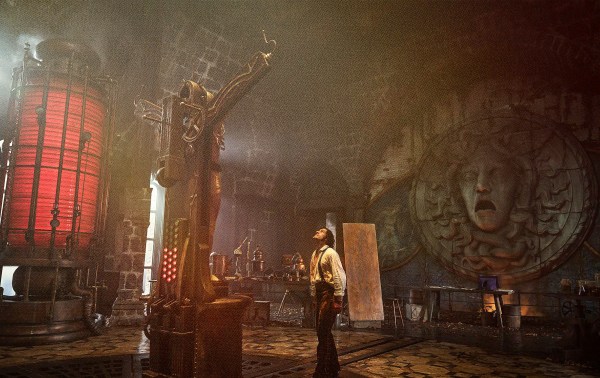
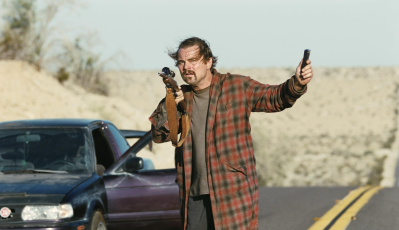
Please note that we at The Dispatch hold ourselves, our work, and our commenters to a higher standard than other places on the internet. We welcome comments that foster genuine debate or discussion—including comments critical of us or our work—but responses that include ad hominem attacks on fellow Dispatch members or are intended to stoke fear and anger may be moderated.
With your membership, you only have the ability to comment on The Morning Dispatch articles. Consider upgrading to join the conversation everywhere.